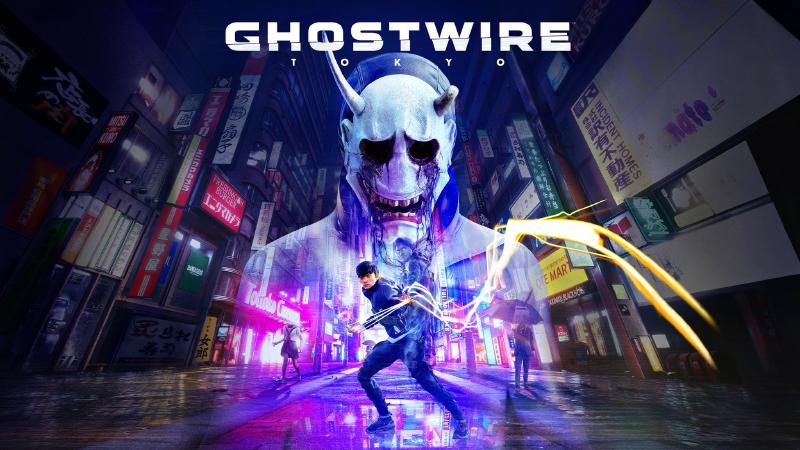Shibuya, Tokyo: A major commercial and financial ward of the city has their whole population mysteriously vanish and, in their place, the Visitors. Yokai spirits and demons emerge through an otherworldly mist and despite the atrocious traffic accident that befell you, you are the only person left… revived with a voice in your head, supernatural powers and a goal to save your sister.
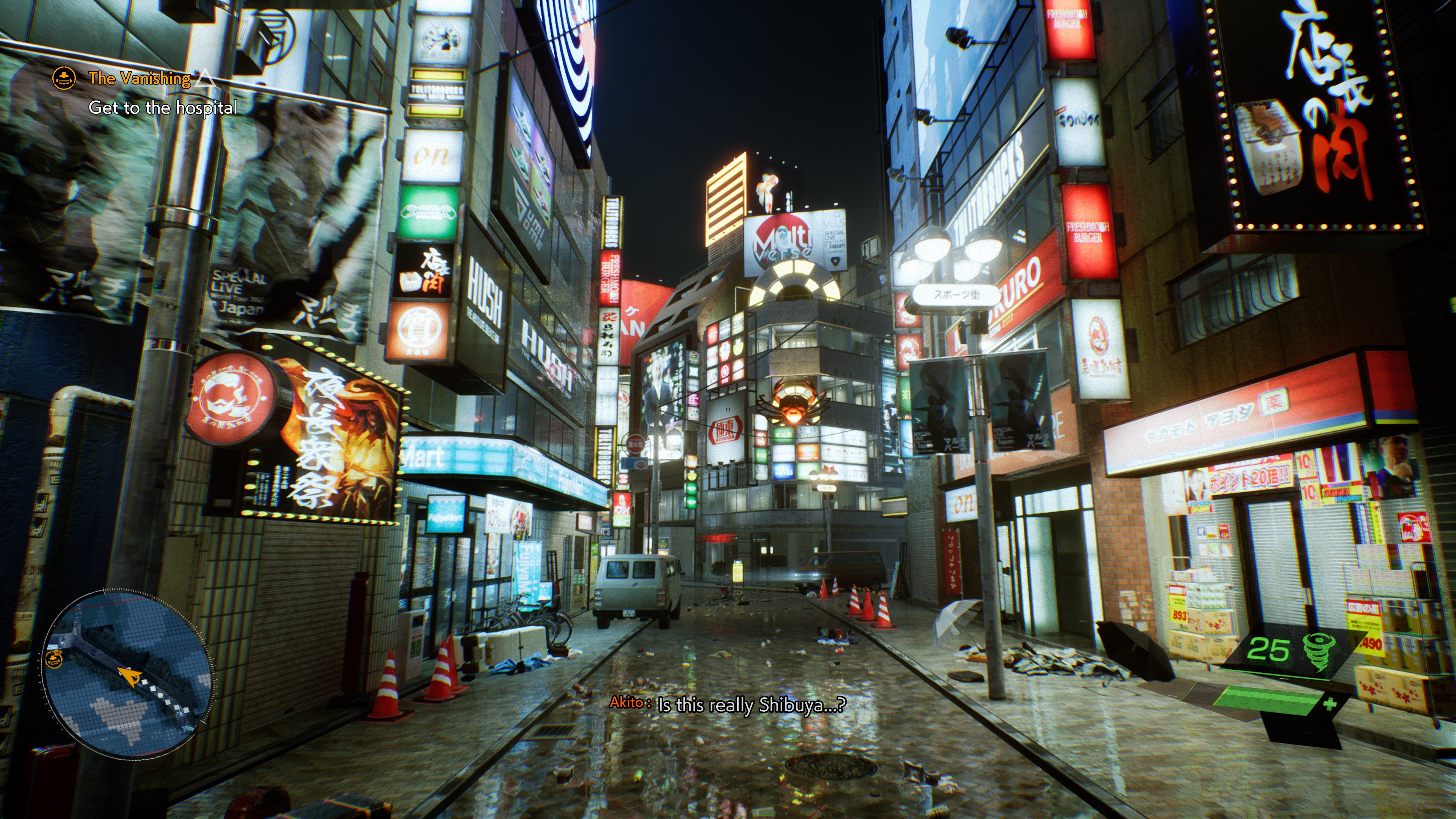
Once again, I find myself lulled into a sweet sense of security by a game that in its opening hours present a linear and less “busy” style of storytelling and I couldn’t help but fall in love with the game’s world that housed so much promise. It’s such a shame when a great concept is then executed in a such a way that relegates all of its best features into a monotonous and unrewarding collect-a-thon.
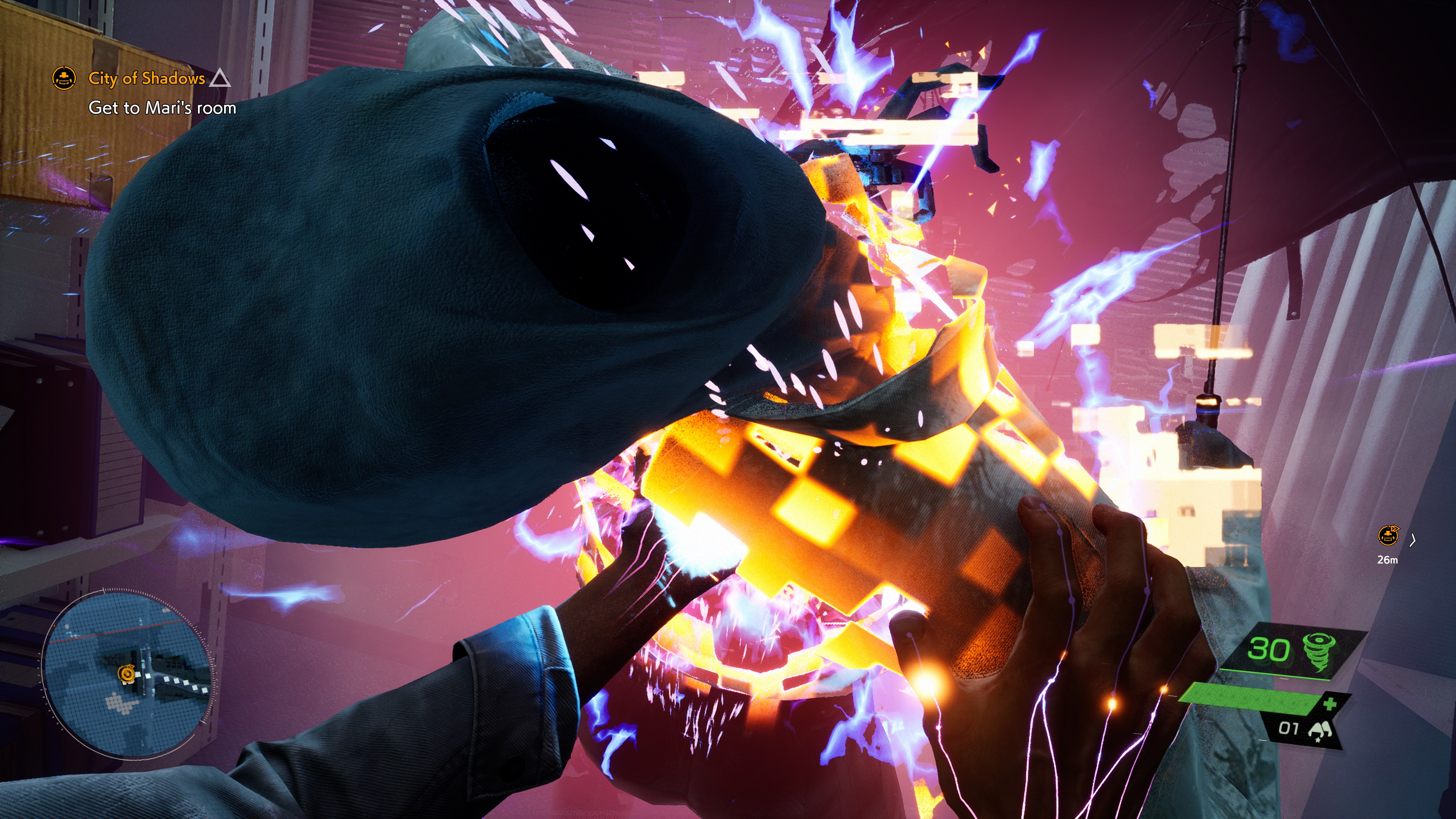
My early thoughts were “I really like how everything is happening so fast, this arcade style of pacing is really keeping me focused on the major tasks and forcing me to stay on the beaten track” – circumventing any preconceived notions of trying to play like a completionist (It’s also helpful that none of the trophies are missable). The atmosphere and presumed linearity capture the essence of the cramped living spaces of its real-life counterpart, while punishing a completionist like me (in the best way) to make you enjoy the game as intended.
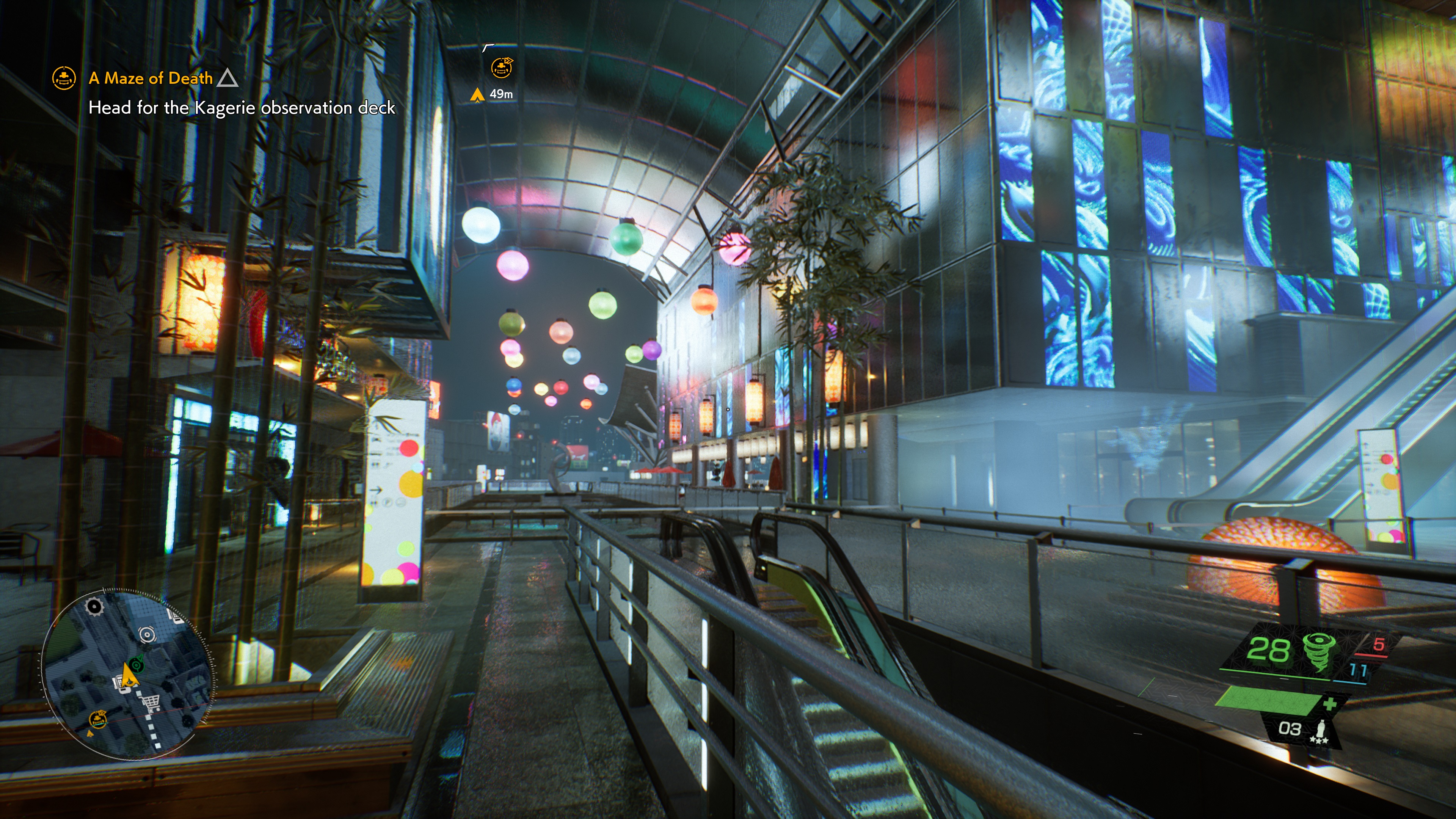
Then, it throws all of that out the window like a disgruntled co-worker whose ideas got dismissed in the last conference meeting. As opposed to what it becomes, the opening hours of the game were the most enjoyable as the cramped, suspenseful environment complimented how little of the map is available. Because of that limitation, I took in more of the environment and paid closer attention - once the map opens up, the game begins to blur.
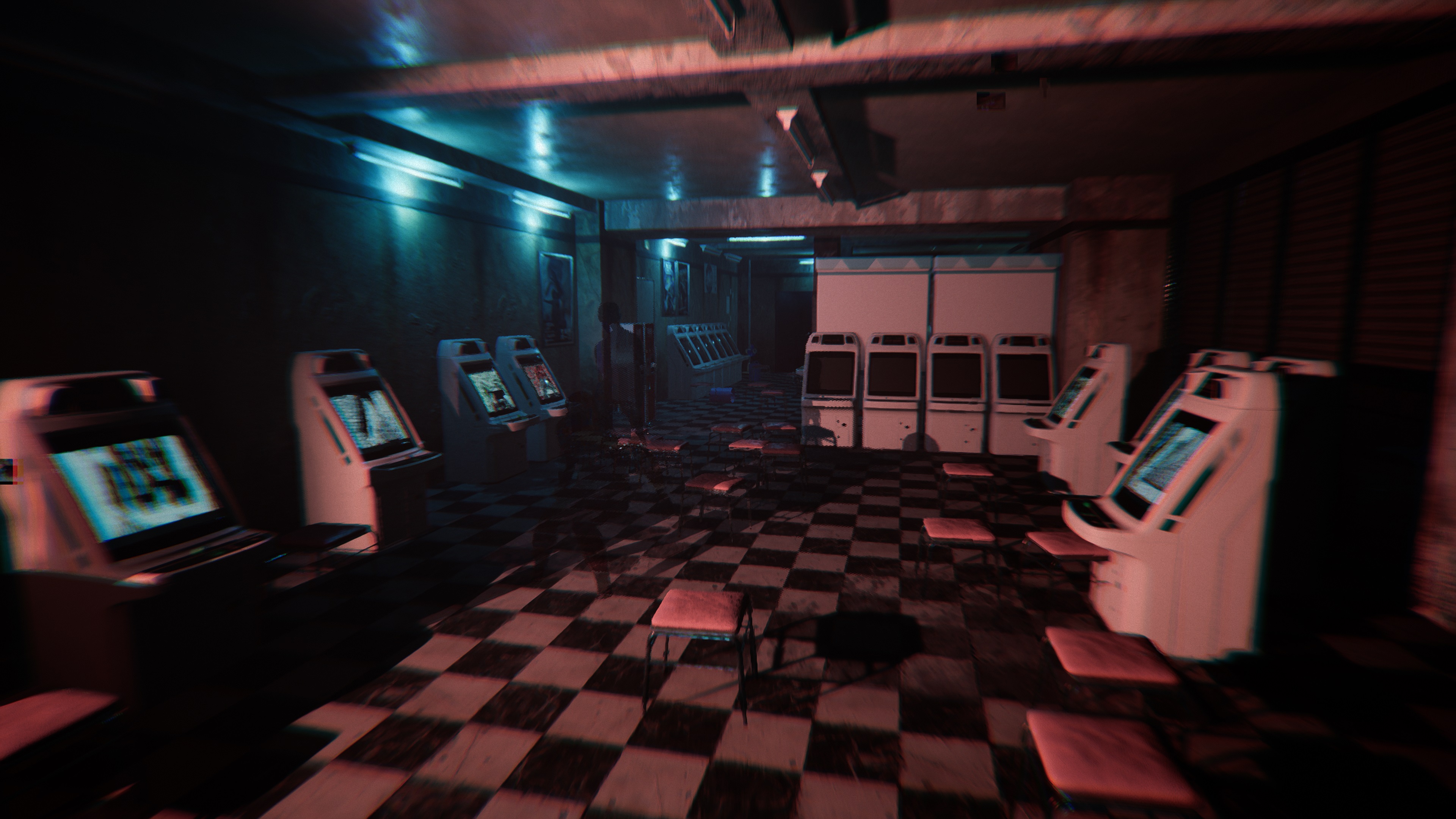
That being said, the game’s environment, conceptual design and the smaller attentions to gameplay are Ghostwire’s most redeeming qualities. Having the PS5’s dualsense speaker play scratchy, otherworldly intakes of breath in proximity to the Visitors is a cool feature that does a lot for its immersive quality and makes you immediately slow down to avoid conflict. Your spirit highjacker will also talk to you through the controller’s speaker to offer narrative, berate or commend your skills and I found it strangely comforting to hear the game coming through another format than my regular speakers.
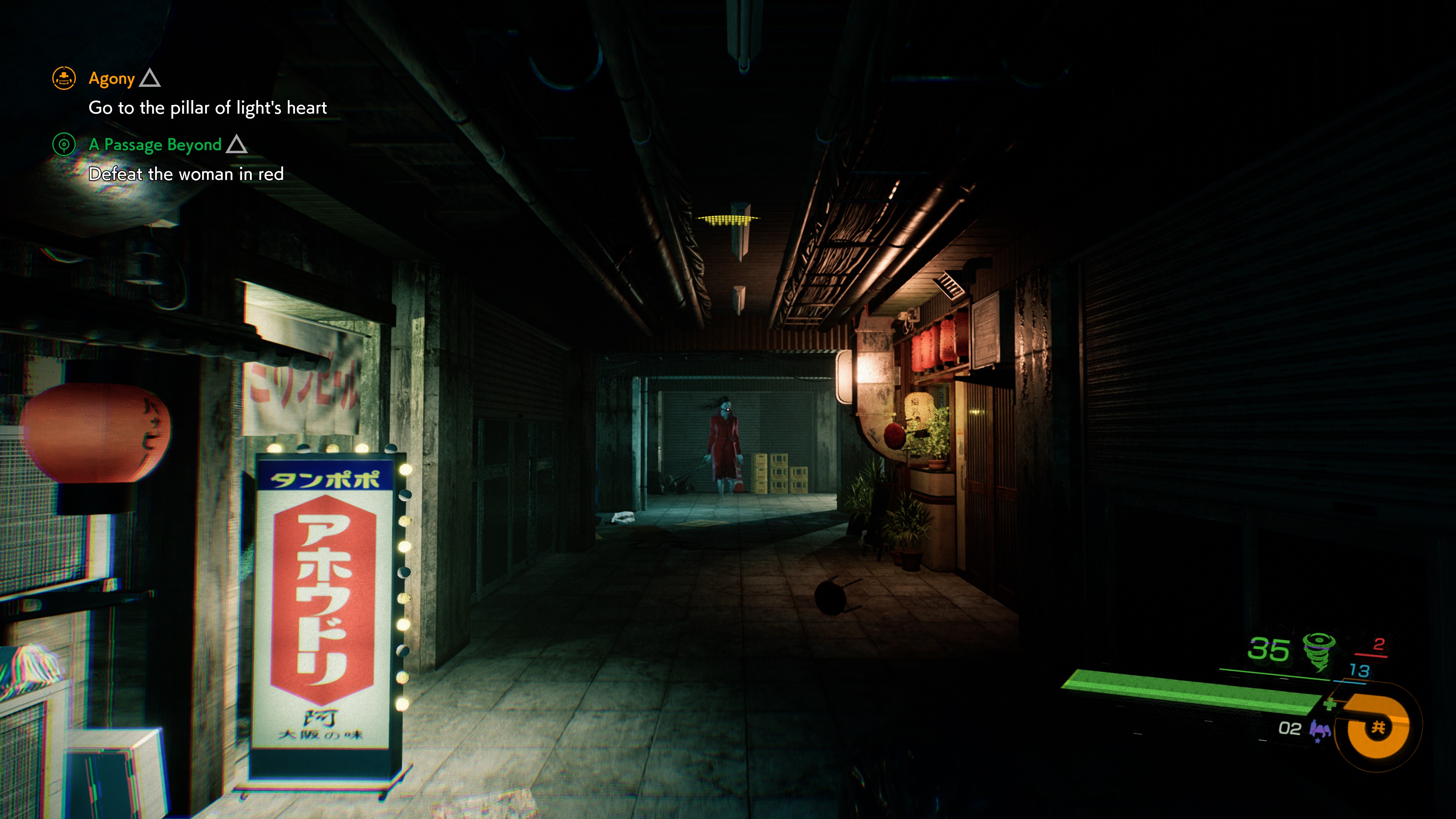
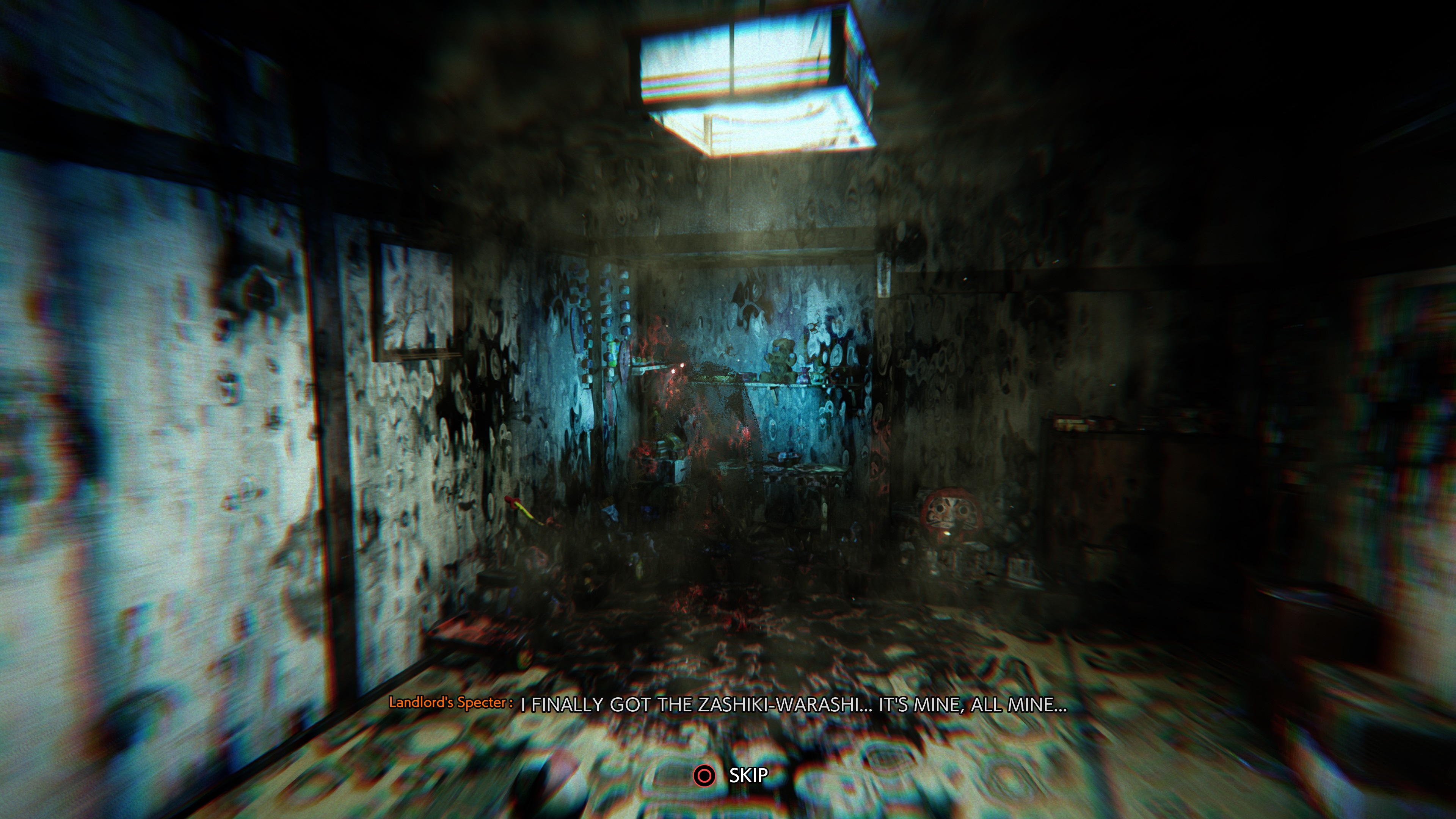
Visually the game has all the potential of being a horror game but you’d be left wanting if that’s what you’re hoping to get from Ghostwire. It feels like the 12-age rating holds it back from being a true competitor for the horror genre despite its conceptual grounding in the supernatural and its unnerving and bloodthirsty enemy designs. Instead, any suspense is left to fizzle out as the loneliness of the world becomes more and more apparent when walking through empty corridors and alleyways.
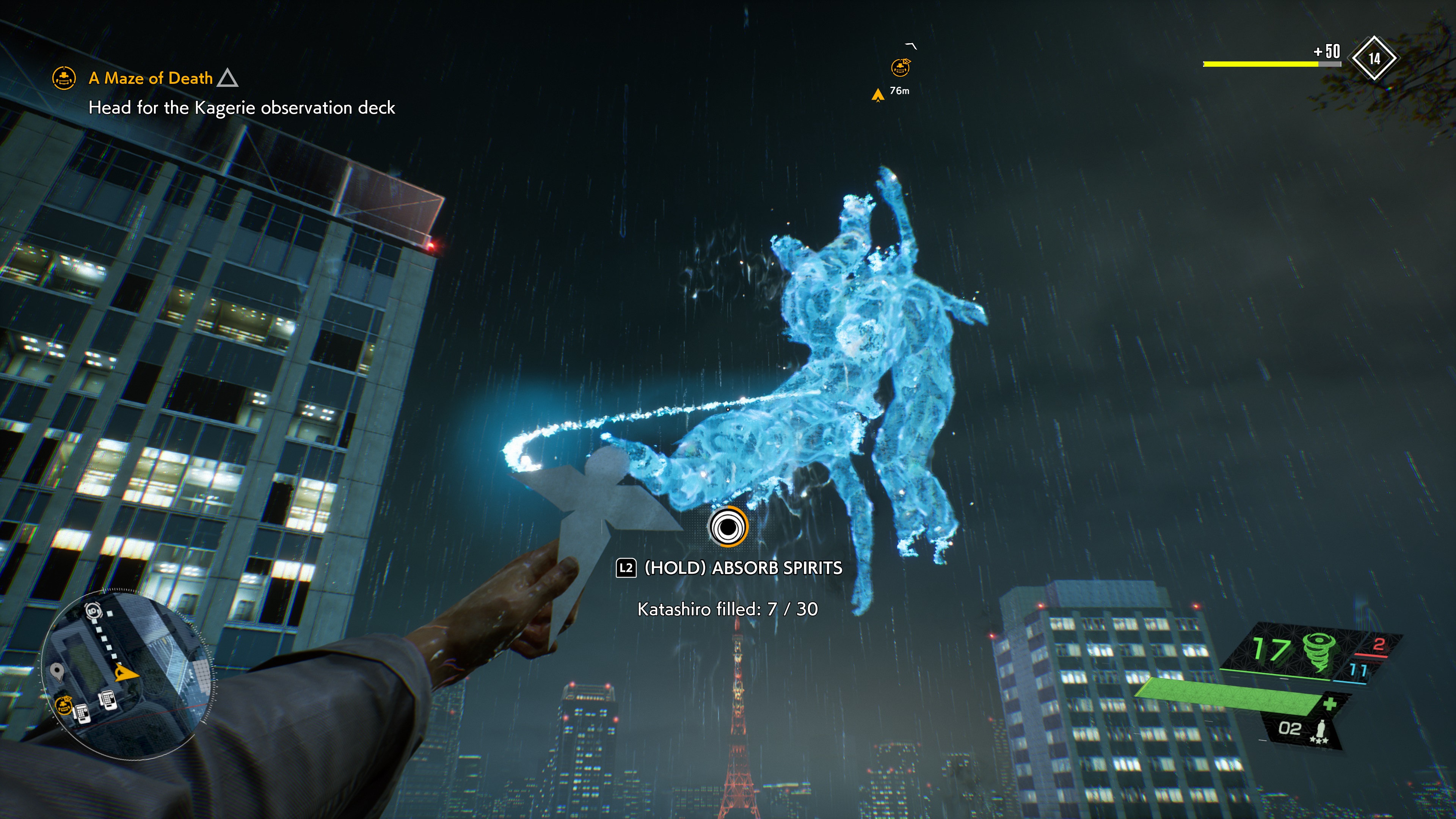
As you make your way through the main story (Which I’d estimate is around 10 hours and while it has some great moments it never really lives up to its potential), you’ll open up the map by purging Torii gates of their malevolence and you’ll have greater access to side quests and collectibles. The spirits of the vanished are one such collectible and appear as floating groups of human silhouettes that you’ll collect using Katashiro (Japanese paper dolls). On paper it doesn’t sound so bad and while it isn’t the largest number of collectibles in a game I’ve come across. It’s definitely one of the most tedious and repetitive thanks to its overall dull gameplay – hopping across rooftops and nosediving into hard-to-reach alleyways while avoiding the visitors begins to grate quickly.
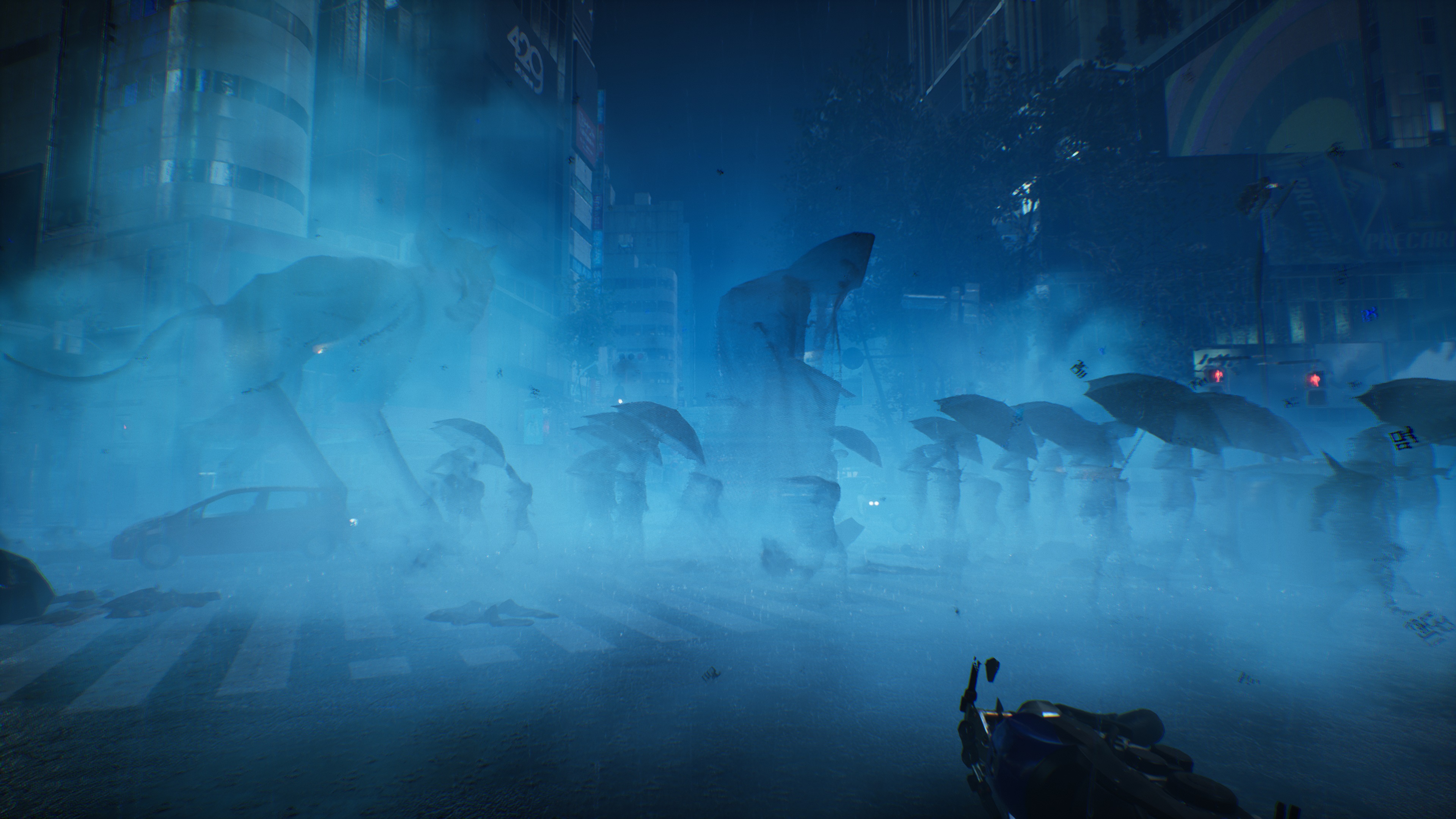
Splitting the map into sections based on their approximate Torii gates the map will show you how many spirits are left to save in any section, out of all the higher priority tasks of hunting Yokai’s, tracking down relics for the Nekomata cat vendors and breaking up the demon parades… this one takes the biscuit. The sheer amount of backtracking and scanning that you’ll need to do to collect the 240,000+ spirits (Of which you collect anywhere between 70-170 per group) becomes an insultingly mind-numbing affair and only serves to prove the point (once again) that open-world games constantly struggle to make meaningful gameplay content and resort to oversaturating their worlds with less than enjoyable filler to flesh out their game.

For a game so short that takes around 3 times as long to mop up all of its collectibles and side quests I have to say, nobody is taking this game to a Platinum Trophy with an ounce of joy in their heart. It’s made worse that a lot of the rewards for these tasks are about as useful as sand in a drought; Emotes for photo mode, clothing options for a character you never see outside of cutscenes and extra Katashiro of which you’ve already achieved max carry capacity for.
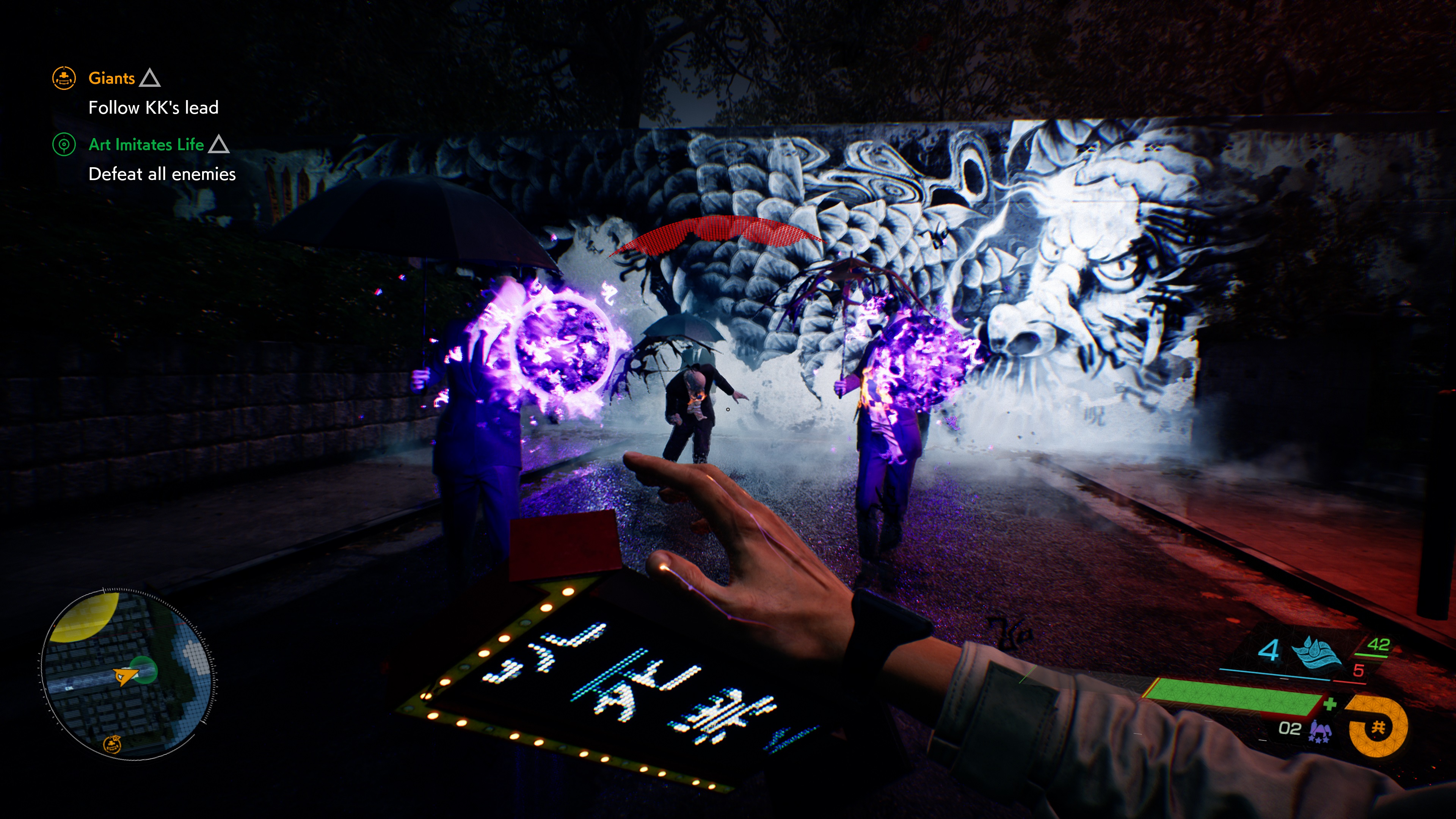
As for combat and character progression, level ups aren’t the most special or relevant aside from the obvious hp upgrade, in fact more so than any other game I’ve played recently, the idea of playing through the game without upgrades feels more feasible and like an actual thought process for an average gamer as opposed to a self-imposed challenge by a streamer/youtuber. The skills attained through the skill tree do not improve the gameplay enough and in the end, I let the skill points build until I went into the menus for a separate reason. There’s no damage upgrades or skills that do anything more than increase efficiency with spells or ammo capacity upgrades for health items, spells and movement speeds. I say this having played through the game on the Hard difficulty and I can imagine the absolute cakewalk this game is on the easy mode.

The game simply isn’t that difficult and it’s made worse by a one-dimensional combat system. Combat involves up to three elemental spells with their own situational advantages against groups or single targets, talismans of which I only really bothered with 2 of the 4 (Thicket and Decoy never really worked as intended or effectively) and a bow. Suffice it to say, gameplay becomes a stale affair quickly as the visitors will interrupt your hunting for collectibles at almost every turn and while they never pose a real threat thanks to single attack patterns and an overly gracious “perfect block” window, they become an increasing annoyance and further slow an already laborious chore.
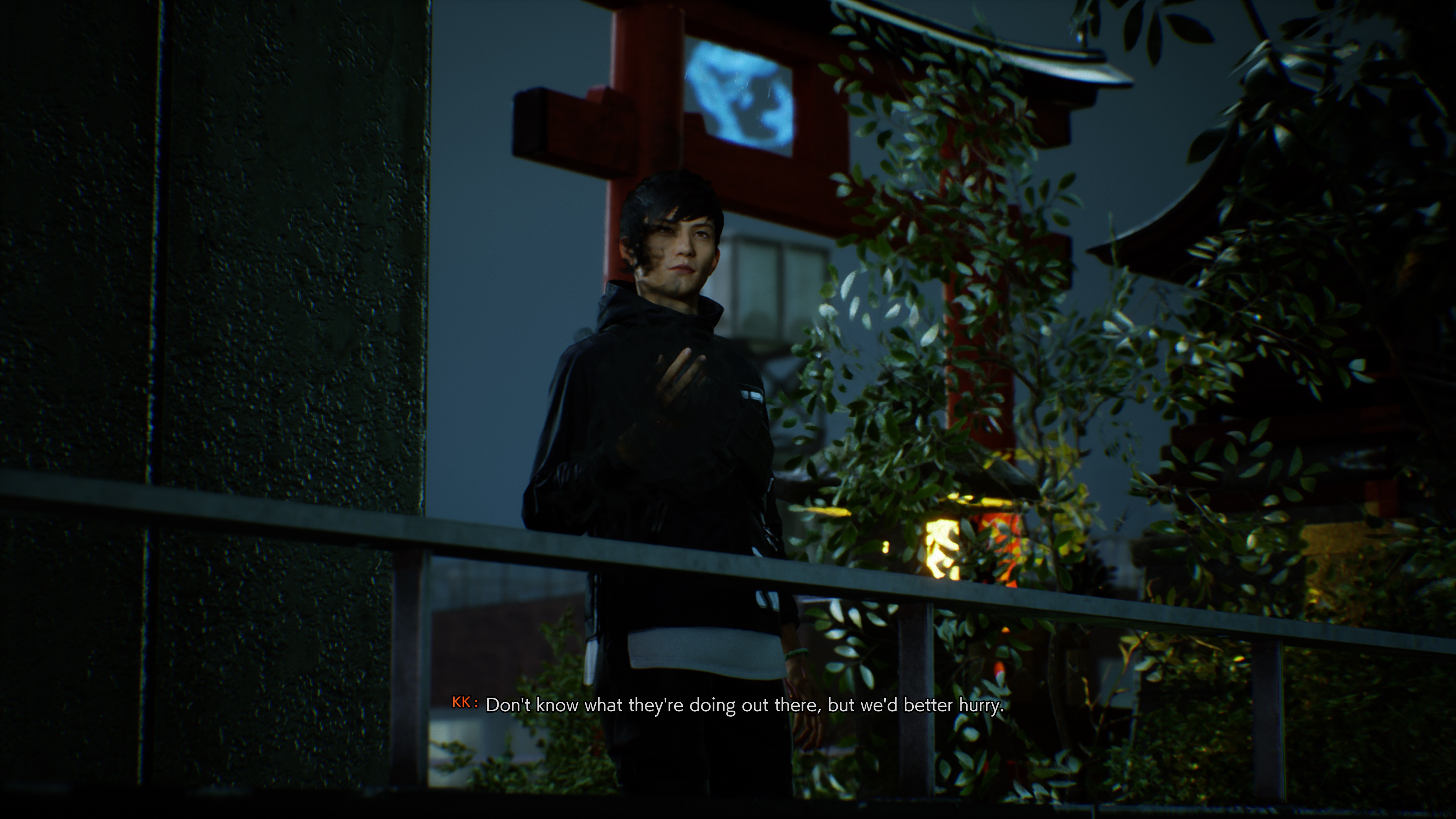
Ghostwire is not an easy recommendation especially for any completionists out there (simply to preserve your sanity) but will certainly scratch the itch for those who want a quick jaunt into a game that has strong immersive qualities through its rich adaptation of Japanese folklore, light themes of threat and horror and will play just for the story or conceptual attraction.
